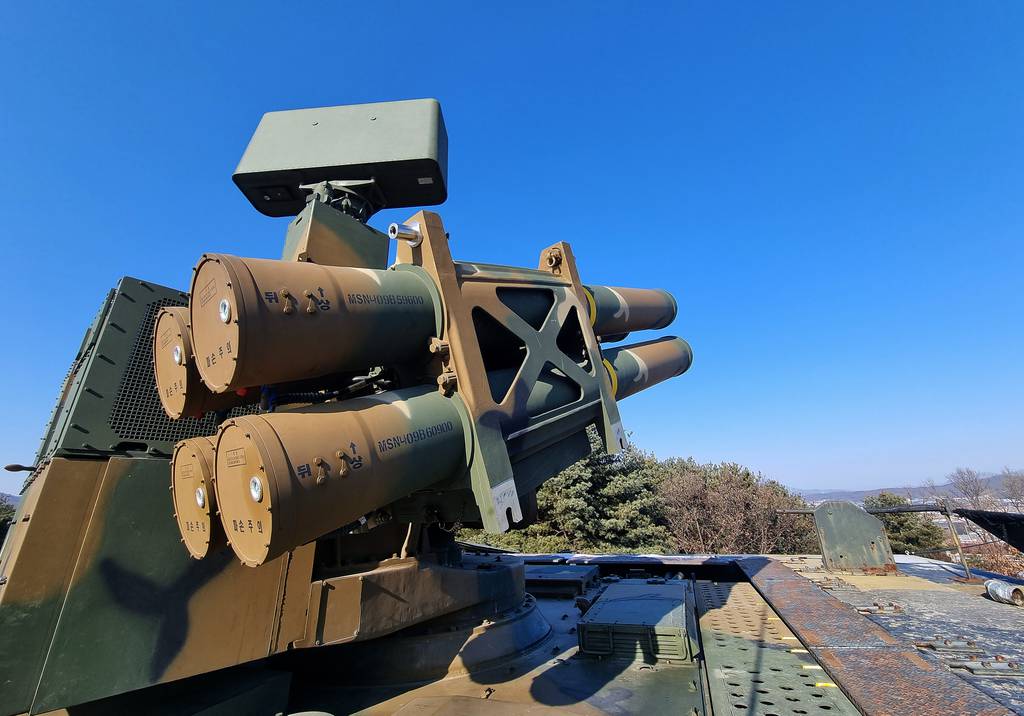In July 2020, as the world bounced between lockdowns and surges during the height of the Covid-19 pandemic, a drone crashed into a field in Pennsylvania.
The event prompted a memo from the FBI, a flurry of meetings at the U.S> Department of Homeland Security and stoked fear into the heart of anyone who has been following the proliferation of threats from unmanned aircraft systems across the planet.
The drone caused no damage, but its intent was clear. It slammed into the ground just meters from an electrical power substation and represented a significant broadening of the war field from defensive to civilian infrastructure by bad actors seeking to do damage by piloting drones in the sky.
The incident marked the first time that a UAS was specifically targeting civilian energy infrastructure in the U.S., and it certainly won’t be the last. The threat to critical infrastructure sites has risen so sharply that in March, Los Alamos National Laboratory, birthplace of the atomic bomb, closed its airspace and issued a stark warning against unauthorized drone flights in the now-restricted space.
But despite the heightened attention, drones continue to buzz into airspace above sensitive civilian sites: they’ve been spotted in Sweden at the Forsmark and Oskarshamn Nuclear power plants; in the Hague, Netherlands at the Orano Nuclear Fuel Site and at the Ocean Stonehouse Rail Bridge and the Dawlish Sea Wall in the United Kingdom.
In the worst-case scenario, these drones and their bad-actor operators could carry off a successful attack, utilizing an unmanned aircraft to cripple energy sources, trigger a catastrophic reaction or destroy a mission critical piece of infrastructure. But it’s not just the worst case that should cause us concern.
Simple sightings or minor incidents involving a UAS at one of these sites can have a domino effect on commerce, shipping and transportation. Economies can suffer. A tiny hit to energy and transportation infrastructure, which serve as critical arteries to major cities and countries, can catalyze into a long-term, ballooning crisis with pain points across the financial, socioeconomic and cultural sectors of our lives. In short, it’s a risk that simply cannot afford to grow unchecked.
The White House has taken long awaited concrete steps to address the threat. The Domestic Counter-Unmanned Aircraft Systems National Action Plan, released earlier this year, addresses the rising threat that drones present as their popularity has skyrocketed. “The proliferation of this innovative technology has also introduced new risks to public safety, privacy and homeland security,” the report reads. “Malicious actors have increasingly used UAS domestically to commit crimes, conduct illegal surveillance and industrial espionage, and thwart law enforcement efforts at the local, state and Federal level.”
The plan is already gaining significant traction. In mid-July, a number of high-level players in both legislation and the sports world rallied behind the plan. It stands to unify both civilians and lawmakers, as both groups — those who work in sports stadiums and those who work in chambers of law — are facing an equally pervasive threat.
Expanding drone authority “will play an important role in helping to ensure the safety of major sporting events, including the safety of the millions of American fans who attend these events each year,” said the National Football League, Major League Baseball, NCAA and NASCAR in a joint letter to Congress. And Congress is listening: Senator Gary Peters, a Democrat who chairs the Homeland Security Committee, has revealed plans to release proposed legislation in the coming weeks designed specifically to target the threat of rogue drones.
The action plan lays out the following strategies for enhanced protection of critical infrastructure:
— Extension of detection of UAS at critical infrastructure sites
— Enabling and overseeing placement of C-UAS mitigation equipment at these sites
— Addressing current limitations including regulatory roadblocks, lack of preemptive protection at sensitive facilities and no regulation of required law enforcement C-UAS technology
The White House plan presents groundbreaking moves to start expanding counter-UAS authority at state and local levels, specifically supporting new generation C-UAS technologies that avoid the airspace and communications disruption that can be caused by legacy C-UAS systems. The urgent demand and new requirements recognize the need for an entirely innovative approach for contending with the threat in the most sensitive civil environments.
The world has witnessed devastation from drone strikes on critical facilities such as oil rigs and refineries, power plants, and ports and harbors. The urgency around this step is obvious given the mission-critical role of these infrastructure sites combined with the fact that they often contain storage for hazardous and potentially explosive chemicals and substances.
Allowing the placement of C-UAS mitigation equipment for use by authorized federal security agency staff, or newly authorized State, Local, Territorial, Tribal personnel, would be another step to greater protection and coverage of the homeland from hostile drones. This could be a first step towards eventually also allowing the site’s own security staff similar or defined allowances with proper qualification, training, and approval.
Jeffrey Starr is CMO and Counter-Drone Specialist at D-Fend Solutions, an Israeli provider of counter-drone products and services.
Have an opinion?
This article is an op-ed and the opinions expressed are those of the author. If you would like to respond, or have an editorial of your own you would like to submit, please email C4ISRNET and Federal Times Senior Managing Editor Cary O’Reilly.








